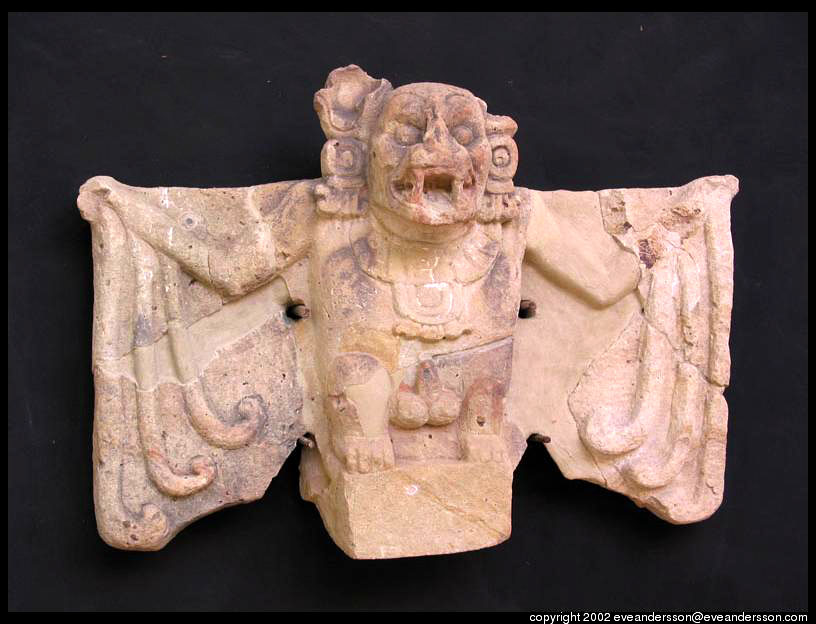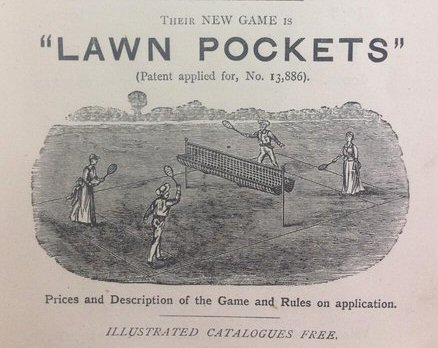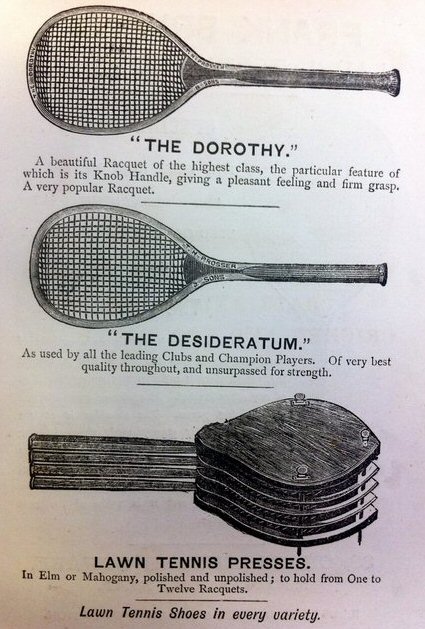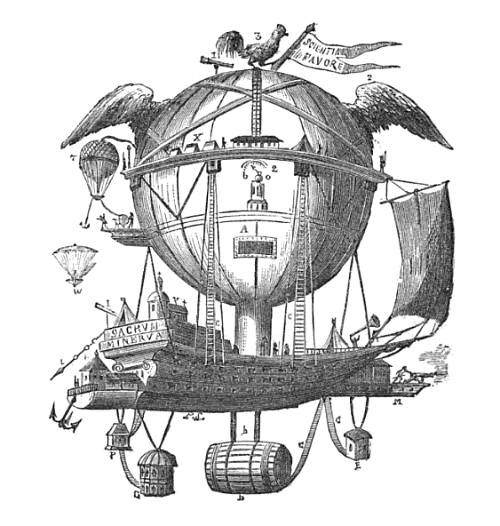Following on from the potted sketches of our national character by Brit and Wartime Housewife, let us turn to Norman Davies. It is far too long since I have posted extracts from his magnificent pamphlet Further Science : Book 20 (2001), which I introduced to readers way back in January 2004, and quoted further in February 2004 and July 2005. Here then, exactly as it appears in the pamphlet, is Davies on “British Psychology”:
1. That Country Inventions etc., reveal innate area psychology.
2. Cornwall – informal golden frills / harvest festival / nudist beach / carol service.
3. Devon opposite formal garden frills – orange code guildhall / use of Wedding March.
4. Somerset – soft dreamy colour squares – coloured glass / soft cheese / child pub – contrasts with Gloucester – dream formaIity – bowling green / Sunday School.
5. Dorset / Hants have formal round hotel / bowls / sea cave.
6. Sussex – complex old explosive – loves fireworks / gas lighting / Town Women’s Guild / antiques / Brighton sex.
7. Kent is the odd formal – Council lottery / Waltzing Matilda – in contrast to Essex odd informal – Peculiar People / Dunmow Flitch / heated armchair / hair FC colours.
8. London small family segments – Bingo / one parent families. Middx small clappers – squash etc.
9. Berks – small rounds – Table tennis / Job Centre and Oxford – mass of small items – Oxfam / marmalade / Hand ball / Post Office.
10. Herts / Northants noisy organised complex units – digital computer / go kart / map / CB Radio / speedway.
11. Norfolk – fish finger / dead static oblong, opposite to Leicester lively circles / motor mower / cycling / drive in store.
12. Notts – larger rounds – Sports centre / football / sugar / Spot ball / Boots.
13. Derby – muck frenzy – bakers / disposable nappy / mice racing.
14. Cheshire – murky prying – neighbourhood watch / women’s pubs.
15. Lancs – of mass smooth silky moving little bits – Co-op / small claims Court / NSPCC / Music Hall / athletes club / test tube baby / Police panda cars and radios / computer / nurses strike etc.
16. Yorks – slow rough organised bits – Rugby League / Con man / high rise flats / Building Society / tortoise Olympics / old folk bus / smoke free zone / Marks and Spencer.
17. Durham etc. – thin tube lively bits – electric lamp Fallopian tube transplant / whippet / turbine / keep fit etc.





